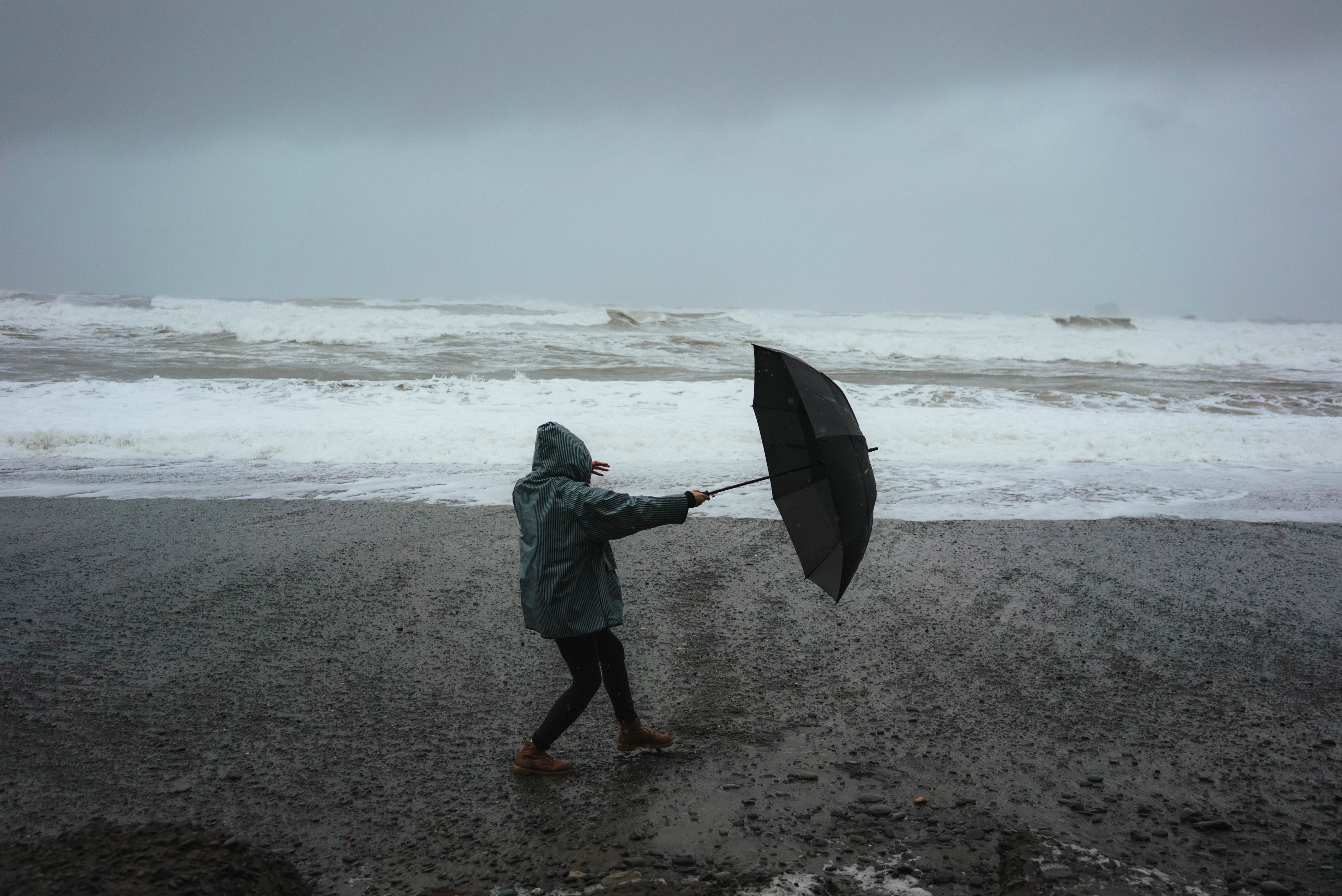When it comes to preparing for hurricane season, boaters are among those who need to be extra cautious.
Just recently, warm waters in the Gulf of Mexico gave Hurricane Idalia a big boost in strength shortly before it hit land. In just 24 hours, Hurricane Idalia's winds surged by 55 mph, shifting it from a Category 1 hurricane to a Category 4. It then weakened slightly to a Category 3 when it reached land near Keaton Beach, Florida.
Understanding the different hurricane categories is essential for deciding how to keep your boat and yourself safe during these strong storms.
Unpacking Hurricane Categories
You've probably heard meteorologists and news anchors refer to hurricanes by categories, like Category 1, Category 3, or the dreaded Category 5. But what do these categories really mean for boaters?
In simple terms, hurricane categories provide a snapshot of a storm's potential impact, mainly focusing on wind speeds. While they can't predict everything about a hurricane's behavior, they do offer valuable information for assessing the risk to people and property.
Category 1: Very Dangerous Winds Will Produce Some Damage
A Category 1 hurricane has wind speeds ranging from 74 to 95 mph. While this may seem manageable, it's not to be taken lightly.
Falling debris can be hazardous, and frame homes, apartments, and shopping centers may incur some damage, which could also affect marina facilities. It's also important to be prepared for potential short-term power outages.
Even though Category 1 hurricanes are at the lower end of the scale, they can still pack a punch. Hurricane Sandy, for instance, weakened to a Category 1 when it hit the U.S. East Coast but still caused significant damage due to other significant conditions and circumstances surrounding its landfall .
Category 2: Extremely Dangerous Winds Will Cause Extensive Damage
Category 2 hurricanes, with wind speeds ranging from 96 to 110 mph, pose a higher risk due to flying debris. These storms can cause significant damage to boats and homes. Expect power outages lasting days to weeks.
Hurricane Arthur in 2014, a Category 2 storm, showed the destructive force of these hurricanes. Boaters should take them seriously and be prepared.
» MORE: Does Boat Insurance Cover Hurricanes?
Category 3: Devastating Damage Will Occur
Category 3 hurricanes feature wind speeds ranging from 111 to 129 mph. These storms pose a high risk of injury due to flying and falling debris. Even well-built structures may experience major damage or be destroyed. Trees are likely to block roads, and power and water outages can last for several days to weeks.
Hurricane Katrina was officially a Category 3 when it hit Louisiana, but it showed just how destructive these storms can be when combined with storm surges.
Category 4: Catastrophic Damage Will Occur
Category 4 hurricanes pack wind speeds of 130 to 156 mph. These storms pose a very high risk of injury or death due to flying debris. Homes may experience complete structural failure, leading to potential collapse, or they could suffer extensive roof damage.
Hurricane Hilary and Hurricane Ian, while getting weaker before hitting land, showed how much damage Category 4 hurricanes can cause.
Category 5: Catastrophic Damage Will Occur
Category 5 hurricanes are the most powerful, with wind speeds of 157 mph or higher. These storms pose an extreme risk to life and property due to flying debris.
A high percentage of frame homes can be destroyed. Even commercial buildings may sustain severe damage, and power and water outages can persist for weeks to months.
Only a few Category 5 hurricanes have made landfall in the U.S., including the infamous 1935 "Labor Day" Hurricane and Hurricane Michael in 2018.
Is There a Category 6 Hurricane?
There is no official Category 6 on the Saffir-Simpson scale. Some experts have discussed adding it due to the increasing severity of storms, but Category 5 hurricanes already imply almost total destruction. So, the difference between Category 5 and a hypothetical Category 6 might not be very different in terms of destruction.
Yet, as ocean waters keep getting warmer, the possibility of even stronger hurricanes becomes increasingly likely. It's not out of the question that such storms could form in the future, posing unprecedented risks for boaters and coastal communities.

